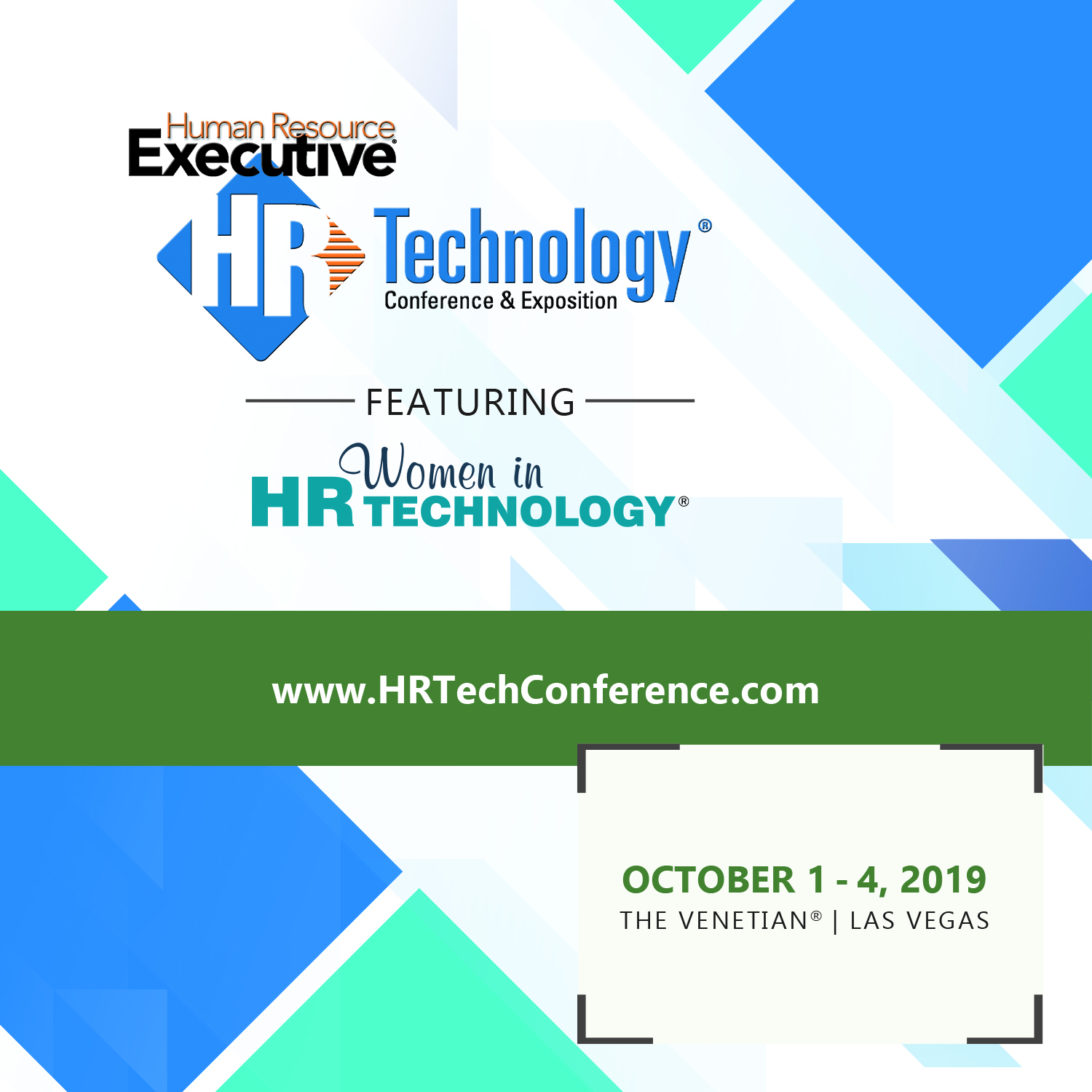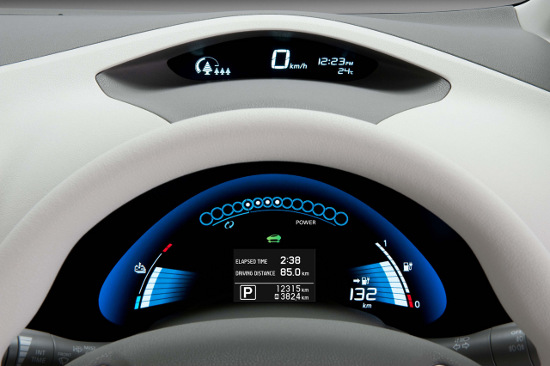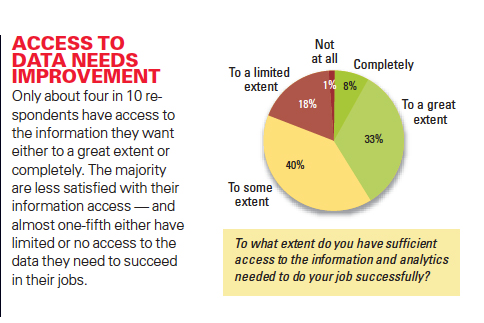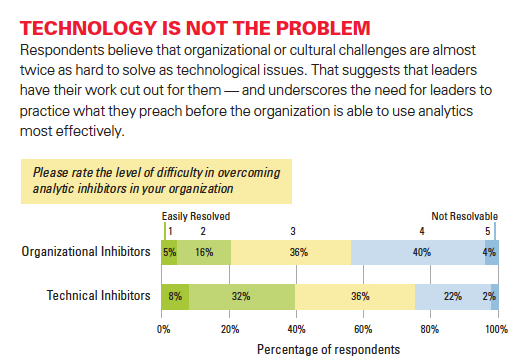Reboot: Even Superman Can Start Over
I've been a comic book fan, off and on, since I was a kid. You know the old question that sometimes therapists ask, about recalling one of your earliest memories from childhood? Well one of mine anyway is a vivid recollection of buying an Amazing Spiderman comic for 25 cents from a local shop.
 Image - DC Comics
Image - DC Comics
I still have that Spiderman book as a matter of fact. Looking through it recently, apart from being amused at some of the old advertisements, I was struck by how little the characters seemed to change over the years. They (mostly) look the same, act the same, and behave in ways we come to expect, and certainly appreciate.
But after 30, 40, and for some even 50 years of stories, (referred to as 'continuity' in the comics world), even classic heroes start to look a little dated, and their writer's and artist's ability to craft stories and images that can still resonate with modern readers, (while not alienating long-term fans), gets increasingly difficult over time.
With that inherent conflict and difficulty in mind, long-time publisher comic publisher DC Comics this fall is embarking on what is being termed a 'Reboot', they are essentially a starting over at issue #1 for all if its currently published titles, including such venerable books like Batman, Superman, and Justice League of America. This reboot or relaunch will allow DC to refresh the characters design, and in some cases, through the magic and creative freedom of the comic book form, make them younger and more contemporary. DC writers and artists can simply inject new life into some traditional characters and storylines that the public probably takes for granted from familiarity.
It won't be easy for DC to successfully pull off this 'reboot'. Fans of these comics and heroes won't simply conveniently forget what are in some cases decades-long interactions, backstories, and emotional connections with these characters. But for DC, the desire to revive an old form of storytelling and genre, and the economic need to attract a new generation of fans to these titles are too compelling and have been deemed worthy of the reboot's risks.
What does this little comic book story have to do with the worlds of Human Resources and the workplace?
To me, the most compelling angle behind the 'reboot' is the human one. Sure, having Flash or Wonder Woman get a new costume is interesting, but for that to actually be successful in the marketplace, DC has to attract, recruit, develop, and reward the best artists, writers, designers, and editors it can find. These supremely talented people are the real key to whether or not this reboot, or really any major commercial initiative will be successful. And for DC, while the allure of the brand, and the ability to make a mark on legendary titles and characters like Superman and Batman surely are a recruiting magnet to some extent, eventually the very best talent will not be content simply carrying on 50-year old traditions.
The very best talent wants to tell their own stories.
By 'starting over' DC is not just making a play to connect with new fans and readers, they are making a play to their talent community as well. After all, someone makes the Green Lantern green after all. It will be interesting to see how it all pans out.
Anyone want to compare notes on Batman #1 once it comes out?

 Steve
Steve




